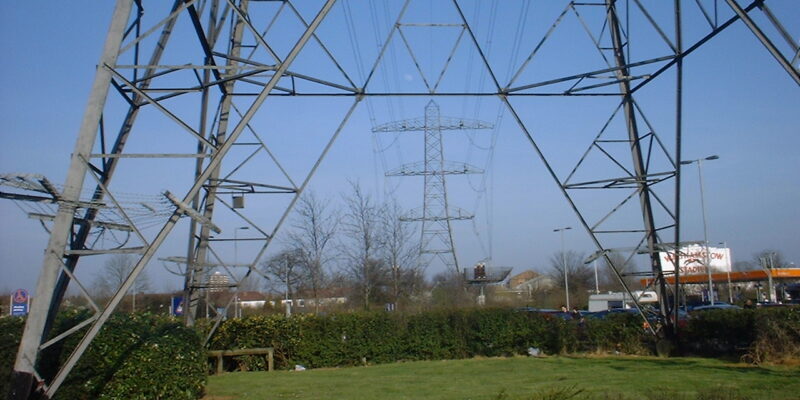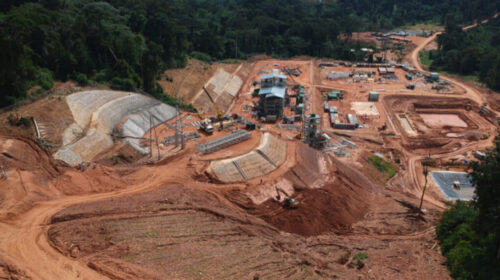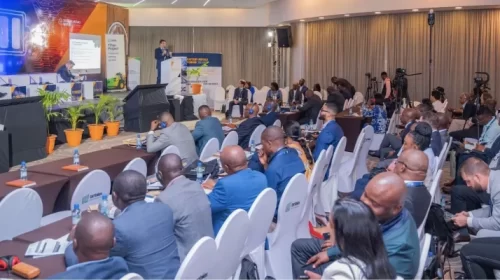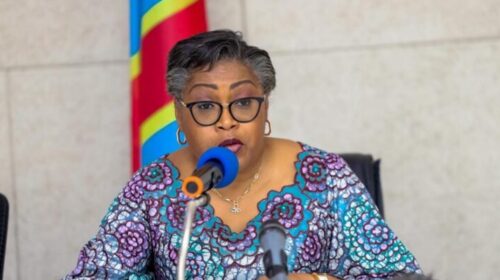DRC Power Output Grows but Energy Challenges Persist
Between 2023 and 2024, the Democratic Republic of Congo (DRC) saw a 3.04% increase in power output, rising by 303.1 gigawatt-hours (GWh).
This boost was primarily driven by hydropower plants, including the Inga I and II plants, according to the country’s power utility, the ARE. Over the period from 2020 to 2024, the DRC’s power output grew by 9.8%.
However, despite this progress, the DRC’s total electricity output remains low, reaching just 13.6 terawatt-hours (TWh) in 2024. To put this into perspective, it is equivalent to roughly 11 days of electricity consumption in France, a country that has seen significant deindustrialization. I
n contrast, South Africa, the regional leader in sub-Saharan Africa, distributed 178.68 TWh in the first 10 months of 2024 alone, which is 13.7 times the DRC’s annual output.
The ARE acknowledges that its data still needs refinement to “accurately reflect the sector’s reality relative to power production.” Despite this, these figures underline the country’s ongoing efforts to achieve the Sustainable Development Goals (SDGs) and industrialize its economy by leveraging its abundant mining resources for higher-value products locally.
Estimates, factoring in transmission losses of around 46%, suggest that the available electricity barely meets the basic needs of urban and rural households, which require approximately 8 TWh annually.
To address these challenges, the Congolese government has opened the door for the private sector to contribute to the country’s energy supply.
Since 2020, 37 new projects led by private investors have been approved, with a potential installed capacity of 4,125.1 megawatts (MW).
These projects, which include thermal (using generators), hydropower, and import initiatives, could increase the DRC’s total installed capacity to 6,988 MW by 2030, according to the ARE.
Solar energy has emerged as a key focus, with 67% of these authorizations directed toward photovoltaic projects, offering a projected capacity of 2,721 MW.
The DRC also holds vast hydroelectric potential, estimated at 100,000 MW, which could produce between 438 and 525 TWh annually under optimal conditions.
Additionally, solar energy, if fully exploited, could generate up to 746 TWh per year. Biomass and natural gas also represent high-potential sectors, though their development remains limited.
Despite these promising prospects, the DRC faces significant hurdles: reducing network losses, modernizing outdated infrastructure, and attracting further investment.
Millions of Congolese still lack reliable access to electricity, creating both a pressing need and an investment opportunity. The energy market for cooking alone absorbs nearly $4 billion annually, primarily for charcoal purchases.
41 total views , 1 views today





